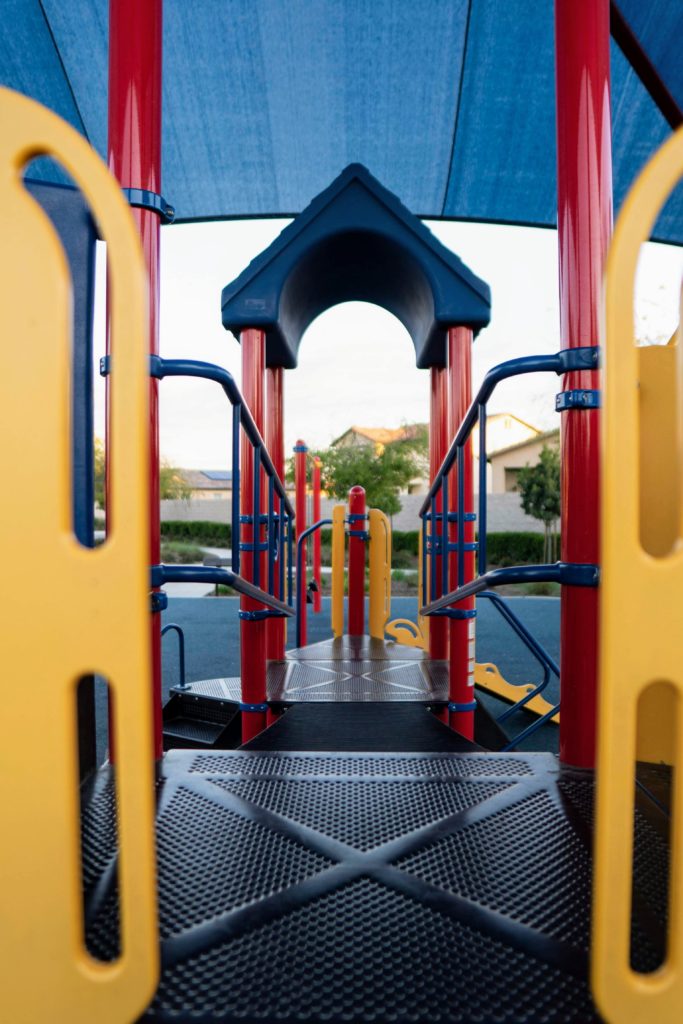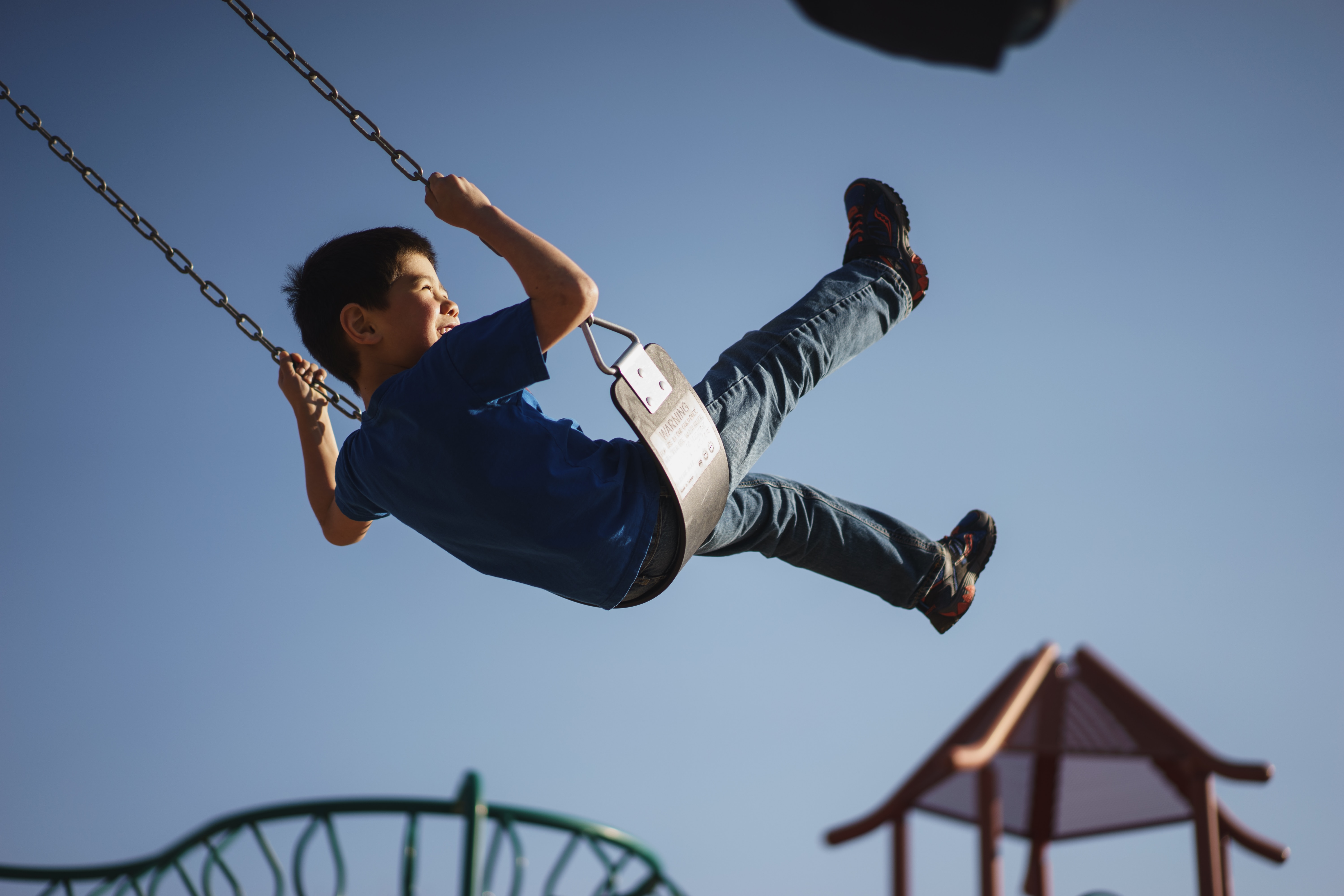Research has demonstrated over and over the role of recess and play in our fast-paced modern world. Play is essential to a child’s cognitive, physical, social and emotional well-being.
How long should the break be?
Psychologists recommend two 15 minute breaks every day, plus a good lunch break of 20 minutes.
Why the break?
It allows the students to take a “brain break”, get physical exercise and use the restroom. This helps them focus better in class, fidget less, improve their concentration and widen their attention spans. It reduces the incidence of obesity.
What makes a good recess?
A well-equipped playground! Age specific play areas, courts, shady areas, a varied landscape, balance boards, landing mats, rhythmic equipment, etc.

Should controlled activities be included in recess?
Why not? Frisbees, hula-hoops and jump ropes are all alternatives to the typical games of tag or merely running around.
How does play contribute to a child’s development?
Playground rules help children develop social skills, teamwork and resilience. While it’s unstructured fun, it builds their character, cooperation skills and gives them opportunities to practise social interaction.
Where does PE come into play?
It is vital to acknowledge that education is more than just reading and maths. Physical Education (PE) is an important part of a school’s curriculum for a great reason: it help them create good habits that will last a lifetime. It teaches them to be active and stay healthy. Numerous studies have demonstrated that PE improves academic scores and stimulates self-esteem. Many times, children tend to be less active once they leave the school premises. As a result, school recess and play is the only time they socialise with their peers and have some physical activity. Otherwise, they go home and play computer games, sit at a desk doing their homework, watch TV, etc.
Recess vs socialising
Recess is a great opportunity for students to develop their problem-solving skills, leadership abilities and conflict resolution skills. For teachers it is a great time to observe their students behaving in a free environment, their ability to build relationships, their character, their friendships and to improve their classroom management.
Here is a video summing up the above. How much recess and play does your school allow?

